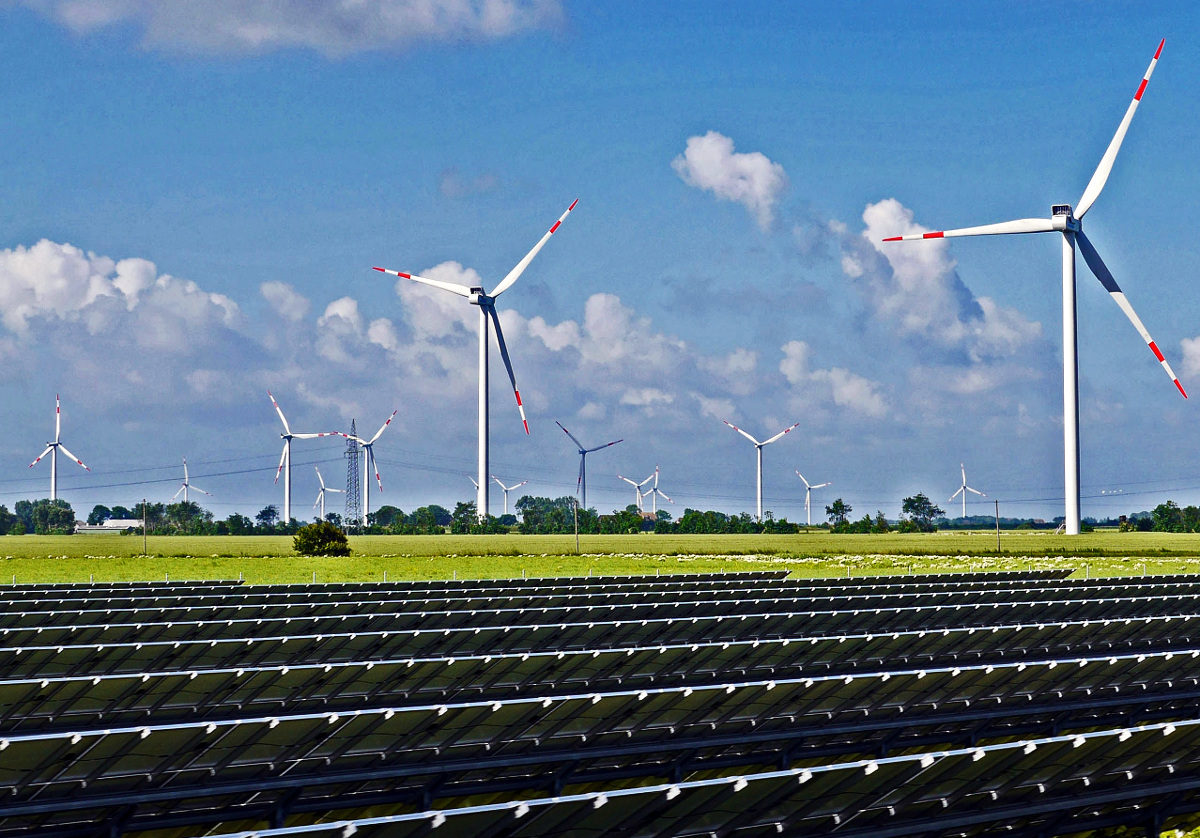Indian renewable energy (RE) developers have issued green bonds worth INR 26,300 crore (US$ 3.6 billion) in the first half of 2021 alone, beating even previous one-year records, according to a study released today by the CEEW Centre for Energy Finance (CEEW-CEF).
The study, supported by Bloomberg Philanthropies, also found that Indian developers have raised more than INR 78,200 crore (US$ 11 billion) since 2014 through green bonds issued in international markets. A total of eight developers have raised green bonds in international markets, with Greenko and ReNew Power accounting for nearly 70% of all issuances by value.
The findings highlight the potential of green bond markets to support India’s ambitious push to achieve energy independence by 2047, a target recently announced by Prime Minister Narendra Modi.
Proceeds from the INR 78,200 crore of capital raised have directly refinanced debt for over 10 GW of Indian RE projects. Wind and solar power account for 42% each of this refinanced portfolio and represent a combined 8.4 GW. Hydropower makes up the balance. This implies that 8.4% of India’s non-hydro RE capacity (solar and wind), totalling 100 GW, has been debt-financed with overseas capital, according to the study.
Gagan Sidhu, Director, CEEW-CEF, and co-author of the study, said, “India’s non-hydro RE portfolio recently crossed the 100 GW mark, but we need to significantly ramp up capital mobilization to get to 450 GW by 2030. Additional routes of capital such as green bonds will be essential for this transition, which requires investments of more than INR 15 lakh crore in power generation capacity alone. For perspective, the outstanding exposure of Indian institutional lenders to the entire power sector stood at approximately INR 13 lakh crore as of March 2020.”
The CEEW-CEF study highlighted that green bonds issued by Indian developers had generated high market interest, with average oversubscription at 360%. Asian investors have shown the greatest appetite by picking up nearly 50% of the bonds. However, the market remains nascent. Only eight Indian developers have accessed international bond markets as of June 2021.
Shreyas Garg, Consultant, CEEW-CEF, and lead author of the study, said, “So far, international green bonds have been primarily raised by India’s established utility-scale developers. Going forward, we hope to see more developers leveraging their strong financial credentials to unlock much-needed capital through this route. Smaller players without gigawatt-scale capacities should also seriously evaluate green bonds. Further, it is interesting to note that projects with state utilities make up over 60% of bond portfolios, with developers mitigating payment delay risks by diversifying their portfolios. Other firms planning bond raises should similarly structure projects into portfolios that can diversify risk and attract investor interest.”
The CEEW-CEF study recommends increased participation by developers of all sizes in international bond markets. Also, industrial units looking to set up RE plants for captive consumption can leverage their strong credit profiles to obtain favorable pricing. RE manufacturers can also leverage their inherently ‘green’ businesses to raise green bonds and diversify capital.
This content is protected by copyright and may not be reused. If you want to cooperate with us and would like to reuse some of our content, please contact: editors@pv-magazine.com.









By submitting this form you agree to pv magazine using your data for the purposes of publishing your comment.
Your personal data will only be disclosed or otherwise transmitted to third parties for the purposes of spam filtering or if this is necessary for technical maintenance of the website. Any other transfer to third parties will not take place unless this is justified on the basis of applicable data protection regulations or if pv magazine is legally obliged to do so.
You may revoke this consent at any time with effect for the future, in which case your personal data will be deleted immediately. Otherwise, your data will be deleted if pv magazine has processed your request or the purpose of data storage is fulfilled.
Further information on data privacy can be found in our Data Protection Policy.